Spinal Injuries in the Overhead Athlete
- PMID: 36173548
- PMCID: PMC9789260
- DOI: 10.1007/s12178-022-09791-2
Spinal Injuries in the Overhead Athlete
Abstract
Purpose of review: Treatment of overhead athletes requires a systematic approach that will make an accurate diagnosis, deliver effective treatment, and make timely and safe return to sport.
Recent findings: New data has shown success rates and return to play effectiveness after different types of cervical and lumbar surgery. Cervical foraminotomy has been shown to have the highest rate and fastest return to play, but with the highest incidence of need for revision surgery. Cervical artificial disc replacement has shown promising results in the general population and is being done more commonly in elite athletes, but has an unknown risk for failure. Cervical fusion is a well-established and effective treatment, but has the longest healing time and risk for adjacent level pathology. In the lumbar spine, discectomy has a long and proven track record, fusion is rarely performed but can be effective, and artificial disc replacement is extremely rare in an elite athlete. An effective and comprehensive approach can diagnose, treat, and return overhead athletes to competitive play.
Keywords: Athlete; Cervical; Lumbar; Overhead; Spine; Sport.
© 2022. The Author(s), under exclusive licence to Springer Science+Business Media, LLC, part of Springer Nature.
Conflict of interest statement
The authors declare no competing interests.
Figures

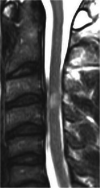
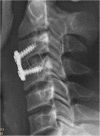

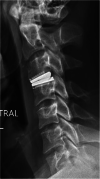
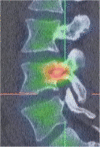
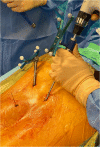

References
Publication types
LinkOut - more resources
Full Text Sources
Research Materials

